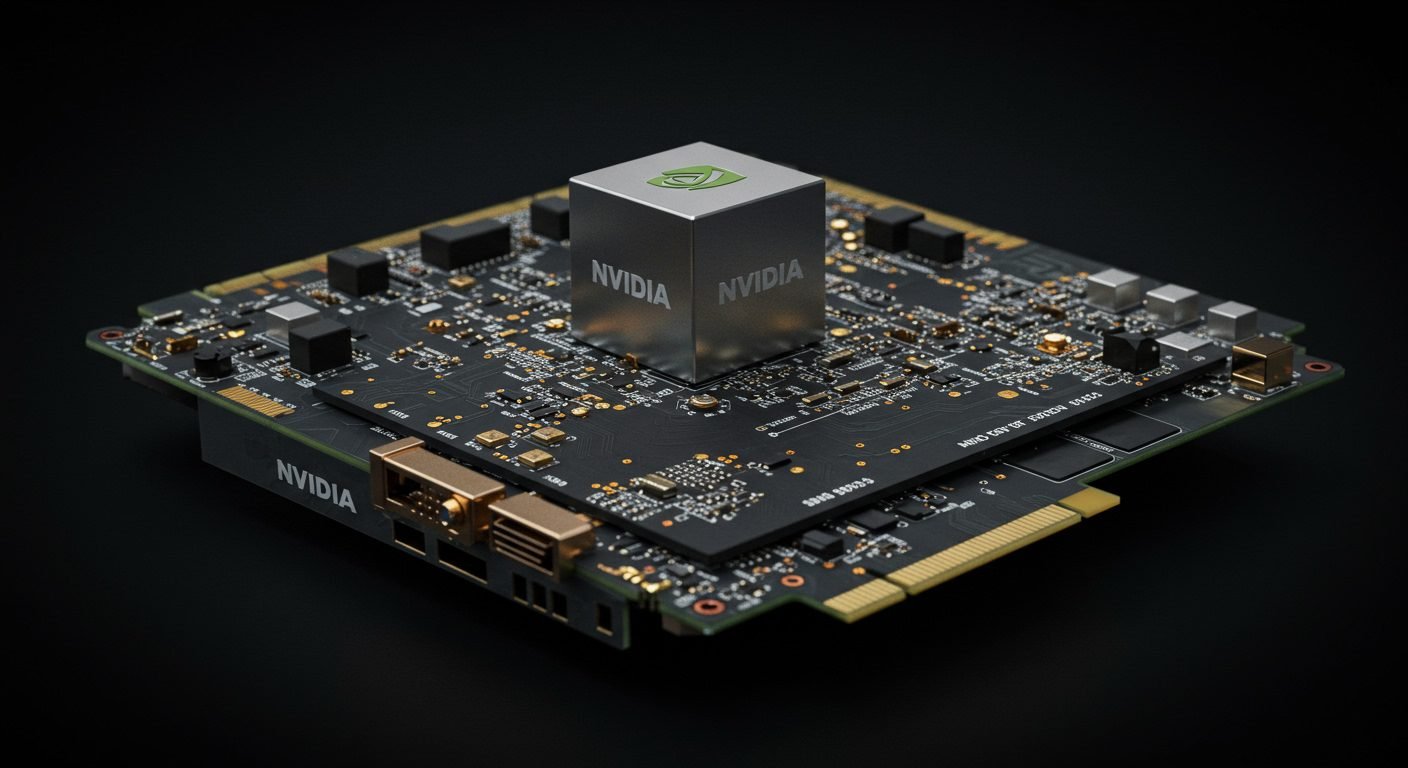The global semiconductor landscape is a complex chessboard, and Nvidia, a dominant force in AI acceleration, is once again making calculated moves. Reports confirm that the company is actively developing a new AI chip, tentatively named the B30A, specifically for the Chinese market, leveraging its advanced Blackwell architecture. This strategic development, coming just days before its highly anticipated Q2 earnings report, underscores Nvidia’s intricate balancing act between technological leadership, market access, and escalating geopolitical pressures. Investors and industry observers are closely monitoring how this new offering, alongside broader market dynamics, will shape Nvidia’s financial trajectory and competitive moat.
Nvidia’s Strategic Gambit: Balancing Innovation and Geopolitics
Nvidia’s reported B30A chip represents a deliberate and nuanced response to the tightening export controls imposed by the U.S. government, which have significantly curtailed the sale of its most advanced AI accelerators to China. Sources indicate the B30A will offer enhanced computational capabilities compared to the previously restricted H20 model, while still adhering to U.S. regulatory thresholds. The B30A is expected to feature a single-die design, likely delivering about half the raw computing power of Nvidia’s flagship B300 accelerator, but critically, it will incorporate high-bandwidth memory and Nvidia’s NVLink technology for efficient inter-chip communication. This is a clear signal that Nvidia is prioritizing maintaining a footprint in the crucial Chinese market, even if it means offering a diluted version of its cutting-edge technology.
This announcement is not an isolated event; it appears to be a direct response to the persistent hurdles and uncertainties surrounding U.S.-China trade relations from earlier this week, signaling Nvidia’s pragmatic approach to navigating a highly regulated and sensitive market. The company’s prior experience with the H20, which saw sales halted and then restarted under an “export tax” agreement, has undoubtedly informed this more preemptive strategy. The ability to offer a Blackwell-based chip, even a modified one, allows Nvidia to sustain relationships with key Chinese clients and potentially future-proof its offerings against further regulatory shifts.
The Rising Tide of Domestic Alternatives: China’s AI Chip Independence Play
While Nvidia strives to remain competitive, the Chinese market is rapidly fostering its own domestic champions. Just yesterday, Chinese AI startup DeepSeek announced that China would soon roll out domestically made next-generation AI chips. This revelation, coming from a significant AI model developer, signals a maturing local semiconductor ecosystem and a concerted effort to reduce reliance on foreign technology. DeepSeek’s new V3.1 model is reportedly built to run on these upcoming local chips, emphasizing a move towards integrated hardware-software development within China.
This accelerates the competitive pressure on Nvidia, particularly as Chinese authorities have previously discouraged the use of the H20 chip by major domestic firms like Alibaba, ByteDance, and Tencent, citing national security reviews. The emergence of viable homegrown alternatives, potentially optimized for Chinese AI models, introduces a formidable long-term challenge to Nvidia’s market dominance. It points to a broader strategic objective by Beijing to achieve technological self-sufficiency in critical areas like AI, creating a formidable “competitive moat” that even a company of Nvidia’s stature must contend with.
Investor Calculus: Margins, Market Share, and the Long Game
As Nvidia prepares to release its Q2 earnings next week, investors will be dissecting every detail, with particular attention to the implications of its China strategy and the projected impact on gross margins. While maintaining market share in China is strategically vital, the development and sale of China-specific chips with reduced performance often entail lower margins compared to its flagship global products. The previously reported 15% revenue cut to the U.S. government on China chip sales further erodes profitability, creating a delicate balance between revenue volume and margin preservation.
Analysts will be keenly watching management’s guidance on revenue from China, the ramp-up of Blackwell-architecture chip production, and overall margin outlook. The broader market, having seen recent turbulence and warnings of a potential AI bubble, is approaching Nvidia’s earnings with heightened scrutiny. Microsoft’s substantial $80 billion investment in AI data centers for FY2025, positioning Azure as a leading AI platform, further highlights the intense competition and massive capital expenditures characterizing the AI infrastructure race. This indirectly impacts demand dynamics for high-end AI chips globally. Nvidia’s ability to articulate a clear, profitable long-term strategy for navigating these complex geopolitical and competitive currents will be paramount in sustaining investor confidence and reinforcing its market leadership.











